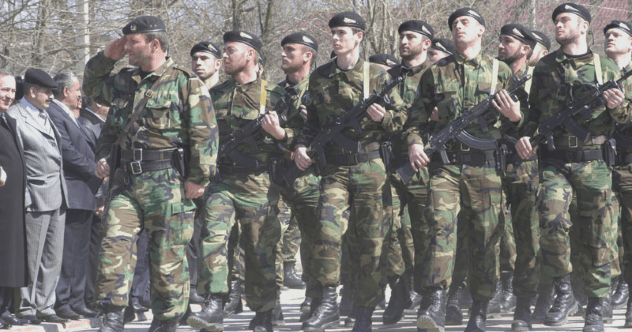In 1984, George Orwell presented a chilling vision of authoritarianism, depicting a future where the state perpetually crushes individual liberty. This stark image, reflecting complete state control, resonates deeply when considering the violent history of the 20th and 21st centuries. Death squads, extralegal units executing extrajudicial killings, epitomize this oppressive force.
While death squads gained prominence during World War II and the Cold War, their origins trace back centuries. Diverse nations like Russia, Egypt, and Brazil have employed them, and they persist today in countries plagued by corruption and political rifts. Often justified as necessary evils, their primary function remains the ruthless elimination of perceived enemies.
The Argentine Anti-Communist Alliance
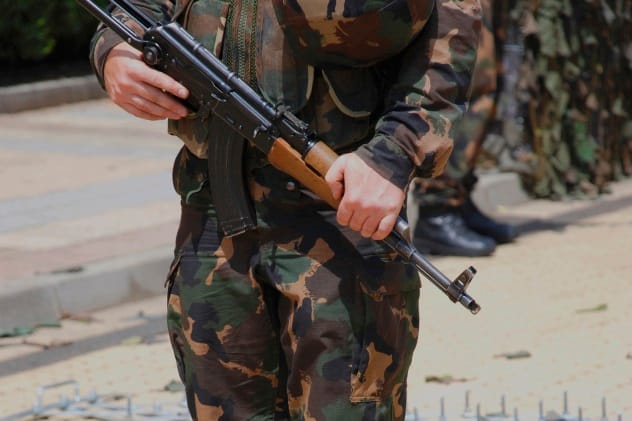
From 1943, Argentina was influenced by Peronism, founded by Juan Peron, which advocated nationalism and supported urban workers. By the 1970s, Peronism fractured, exacerbated by South American coups. Right-wing Peronists formed the Argentine Anti-Communist Alliance in 1973 to combat left-wing Peronists and Marxists. Under President Isabel Peron (1974–1976), this group, known as the “Triple A,” collaborated with the military and police.
Before its disbandment in 1976, the Alliance is believed to have conducted 428 to 1,000 assassinations. Investigations revealed that its members were recruited from the army, police, and trade unions, with financial backing from sympathetic officials. Although officially outlawed, the subsequent military junta continued using similar tactics against its opponents.
Esquadrao Da Morte
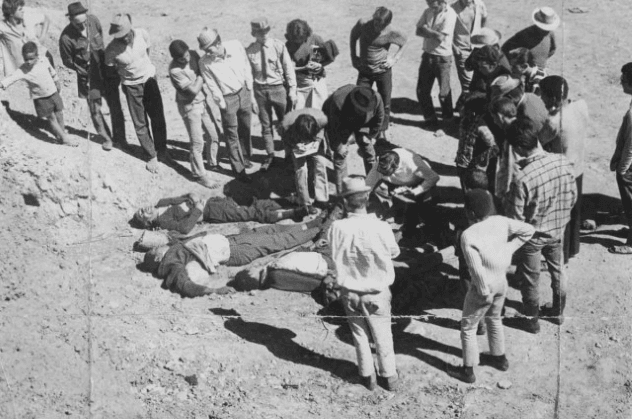
Brazil’s Esquadrao da Morte, or “Death Squad,” was established in 1964 after the military coup that initiated the Brazilian military dictatorship. The military regime, until 1985, executed widespread operations to enforce order, often through extralegal assaults on Marxist opponents. Despite economic progress, approximately 500 deaths and disappearances occurred, primarily targeting leftists or those deemed enemies of the state.
In the late 1960s and early 1970s, various death squads formed in response to rising crime rates. Unlike later groups, Esquadrao da Morte was not a unified organization. Led by police officers, these squads focused on torturing and executing drug dealers, gangsters, kidnappers, and murderers, although political opponents were sometimes targeted as well. One notorious squad was led by Detective Milton Le Cocq de Oliveira, whose team aimed to eradicate bandits in Rio’s slums.
Thailand’s Anti-Drug Police
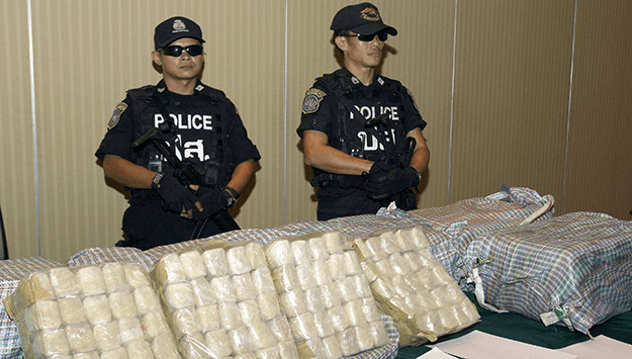
In February 2003, Thai Prime Minister Thaksin Shinawatra initiated a “war on drugs,” targeting drug trafficking and distribution networks. This policy was a response to increasing drug use, particularly among children. However, human rights groups criticized the campaign as an unlawful attack on citizens. Human Rights Watch reported 2,800 extrajudicial killings in the first three months alone, with a later study indicating that over half of those killed had no connection to drug trafficking.
Amnesty International also criticized the “shoot-to-kill” policy allegedly encouraged by high-ranking officials, resulting in 600 deaths within three weeks, mostly attributed to police forces tasked with tackling drug issues. The drug war concluded with the 2006 military coup, and although investigations were planned against Shinawatra, another drug war began in 2008 to combat renewed drug trafficking.
Kenya’s Anti-Terrorism Police Unit
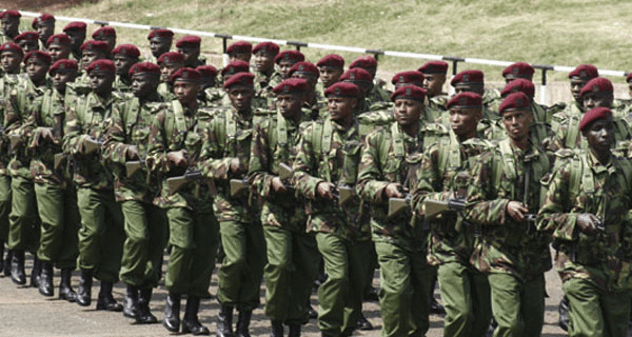
Islamic terrorism poses a significant threat to Kenya, largely due to its proximity to Somalia and the presence of Al-Shabaab fighters. The country has experienced several major terrorist attacks, including the Garissa University College attack in 2015, where 147 students were killed, and the Westgate shopping mall attack in Nairobi in 2013, resulting in 67 deaths.
In response, the Kenyan government adopted a strict anti-terrorism policy. However, in 2014, Al-Jazeera reported allegations of extralegal killings by Kenya’s Anti-Terrorism Police Unit. According to police officers, they received orders to kill suspected terrorists on sight, with one officer claiming to have killed up to 50 suspects without due process. The report also alleged training and guidance from British MI5 and Israeli Mossad operatives, embarrassing the Kenyan government amidst its counter-terrorism efforts.
CAFGU
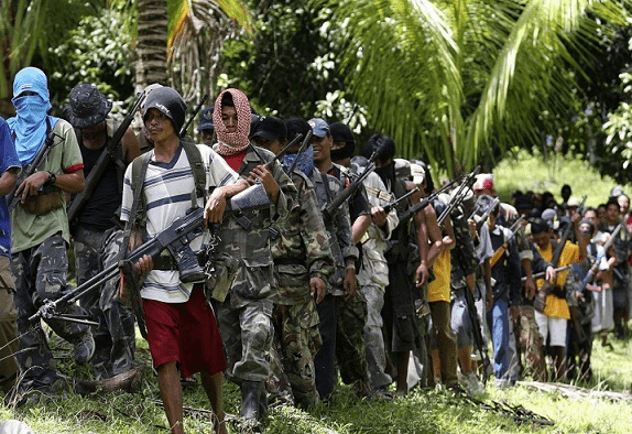
Philippine President Rodrigo Duterte’s controversial statements about journalists and strict anti-crime initiatives targeting drug addicts evoked concern due to the country’s history of extralegal violence. His encouragement of citizen involvement in anti-drug efforts recalled the abuses of the CHDF and CAFGU.
In the 1980s, the Civilian Home Defense Forces (CHDF) were accused of human rights abuses during martial law. Although disbanded in 1987, the Citizen Armed Force Geographical Unit (CAFGU) replaced it six months later. Still active today, CAFGU combats anti-government militias, from criminal bandits to Communist and Islamist insurgents. Officially an emergency measure, CAFGU has been accused of murdering and kidnapping suspected rebels without due process.
Grupo Colina
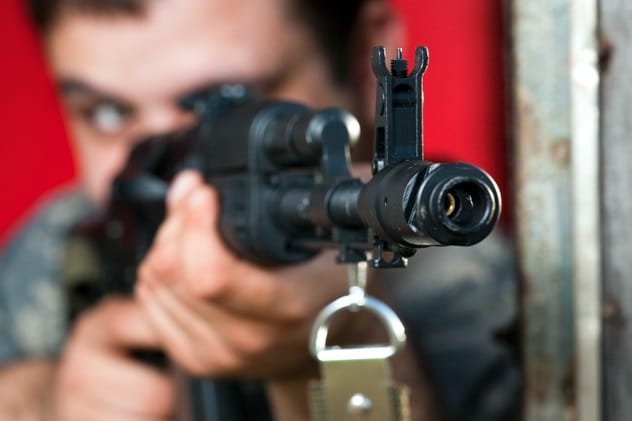
Alberto Fujimori governed Peru from 1990 to 2000, gaining popularity for his tough stance against left-wing terrorism, particularly the Shining Path, responsible for 37,800 deaths. Fujimori, known for his cult of personality, employed extralegal tactics, including death squads, to eliminate government enemies.
Grupo Colina, created secretly by Fujimori and composed of military members, targeted left-wing opponents, including trade unionists, political dissidents, and members of Shining Path and Tupac Amaru. The group is infamous for massacres such as the 1991 Barrios Altos incident, where 15 people, including a child, were killed, none of whom were connected to Shining Path. Other incidents included the killing of nine peasants and the abduction and murder of university students and a professor suspected of ties to Shining Path.
Kadyrovtsy
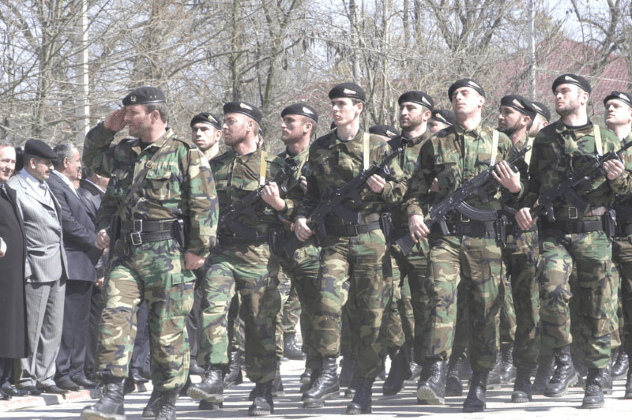
The Chechen wars were marked by brutality on both sides. After the Second Chechen War transitioned into an anti-insurgency campaign in 2000, Akhmad Kadyrov, a former Chechen rebel, formed a private militia to combat native and foreign jihadis. The Kadyrovtsy’s initial target was Arbi Barayev’s Islamist gang, which Kadyrov ousted from Gudermes, reestablishing his family’s control over the area. After Akhmad Kadyrov’s assassination in 2004, his son Ramzan assumed leadership.
Under Ramzan, the Kadyrovtsy became a government-backed militia fighting Islamist insurgents and enemies of Moscow. Chechen fighters loyal to Kadyrov have participated in conflicts in Georgia and Ukraine. Comprising around 4,000 men, largely from Kadyrov’s family, the group was legalized by the Russian Ministry of Internal Affairs after 2002. Human rights organizations have accused the Kadyrovtsy of extrajudicial killings and abuses in the name of counterterrorism.
Battalion 3-16
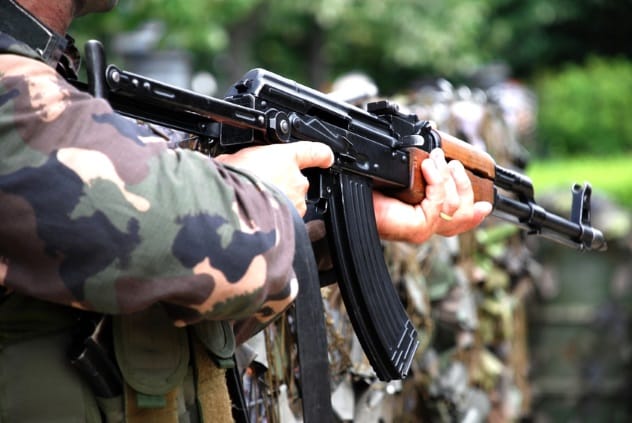
Battalion 3-16, initially funded and trained by the CIA and FBI, was intended to gather intelligence in Honduras during its civil war. However, in the 1980s, it evolved into a death squad responsible for kidnapping and murdering nearly 200 Sandinista guerrillas and political opponents.
Florencio Caballero, a former member, stated that after initial US training, the group received further instruction from Argentine instructors who taught methods used in Argentine counterinsurgency campaigns. Battalion 3-16 conducted targeted abductions using untraceable cars and secret detention facilities for torture and executions. Their actions were publicly condemned in the 1990s, with Honduran prosecutors citing over 100 army officers involved in extralegal assaults and attributing most victims in the country’s secret cemeteries to the death squad.
The Iron Guard
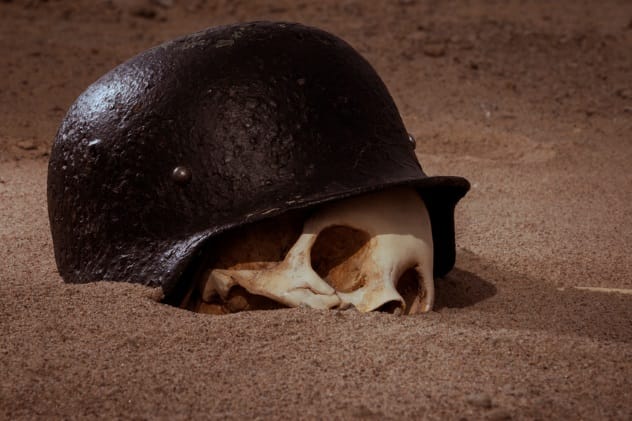
From the 1930s to 1950s, King Farouk of Egypt maintained power through the Iron Guard, a private corps of assassins. During World War II, the Iron Guard supported the Axis cause while also offering services to Egyptians aligned with Leon Trotsky’s Marxist ideology. In 1952, trials revealed that the group carried out political killings for King Farouk and oversaw hashish smuggling networks.
The Iron Guard’s main objective was undermining the Wafd Party, King Farouk’s primary political rival. They conducted anti-Wafd assassinations and were secretly supported by the Free Officer Movement. Anwar Sadat, a Free Officer and future president of Egypt, joined the Iron Guard after the 1948 Arab-Israeli war.
Internal Security Unit
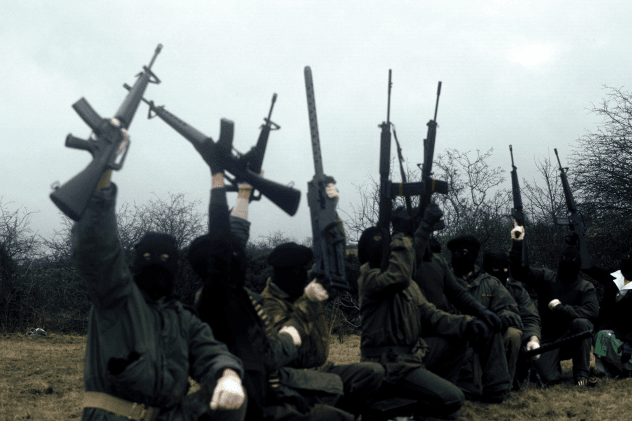
The Irish Republican Army’s Internal Security Unit, before being infiltrated by British agents, was responsible for ensuring the IRA’s security by identifying and eliminating moles and spies. Known as the “Nutting Squad,” they would torture suspected spies and then execute them with two shots to the head.
Formed in 1972 by Gerry Adams, the unit aimed to centralize counterintelligence and eliminate informants. However, documents revealed that many senior IRA officials were working for British intelligence. Alfredo “Scap” Scappaticci, while part of the Nutting Squad in the 1980s, allegedly murdered around 50 men while also providing intelligence to British army units as “Stakeknife,” earning £80,000 a year from the British government despite being a known murderer.
What are your thoughts on the actions of these groups? Leave your comment below!


